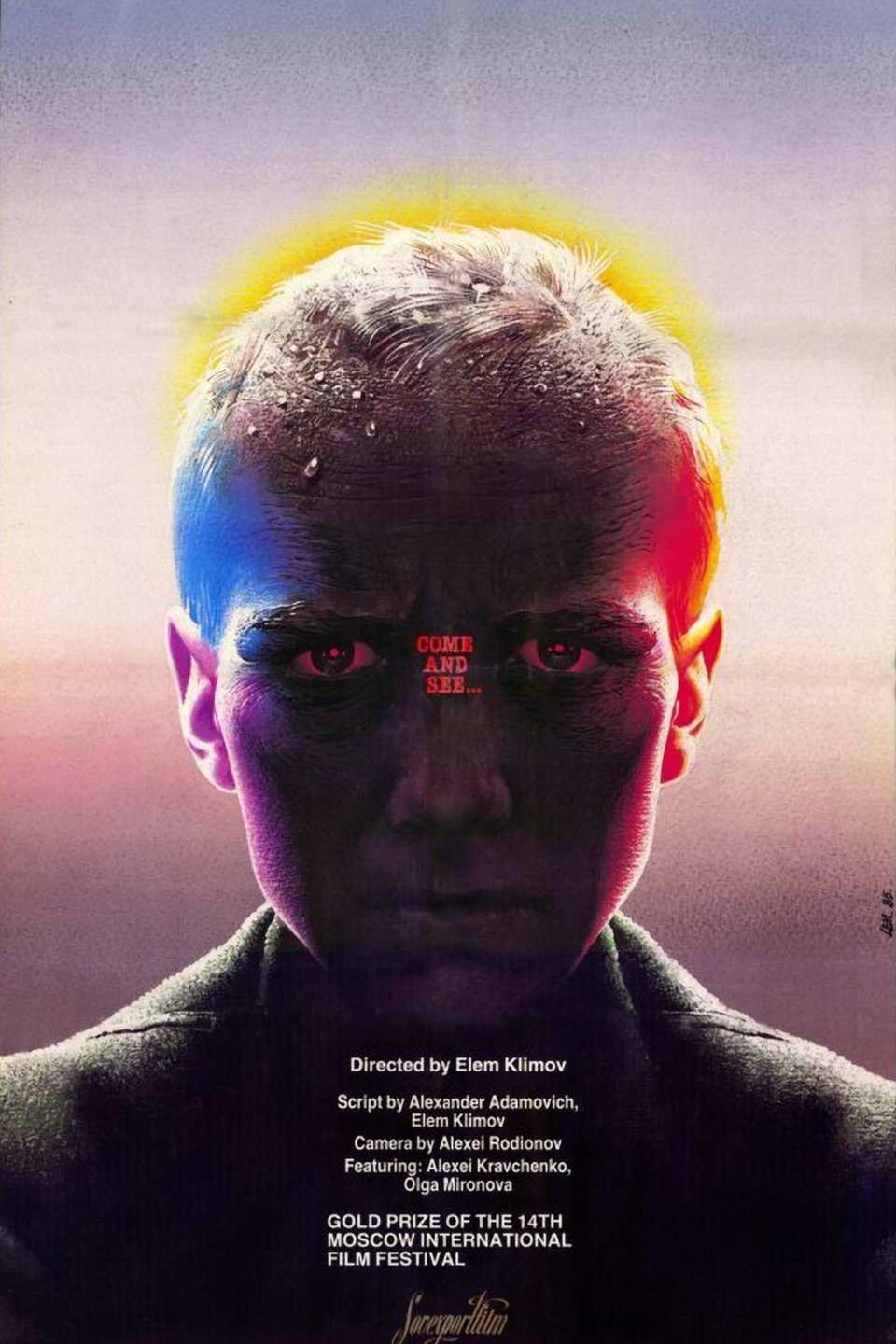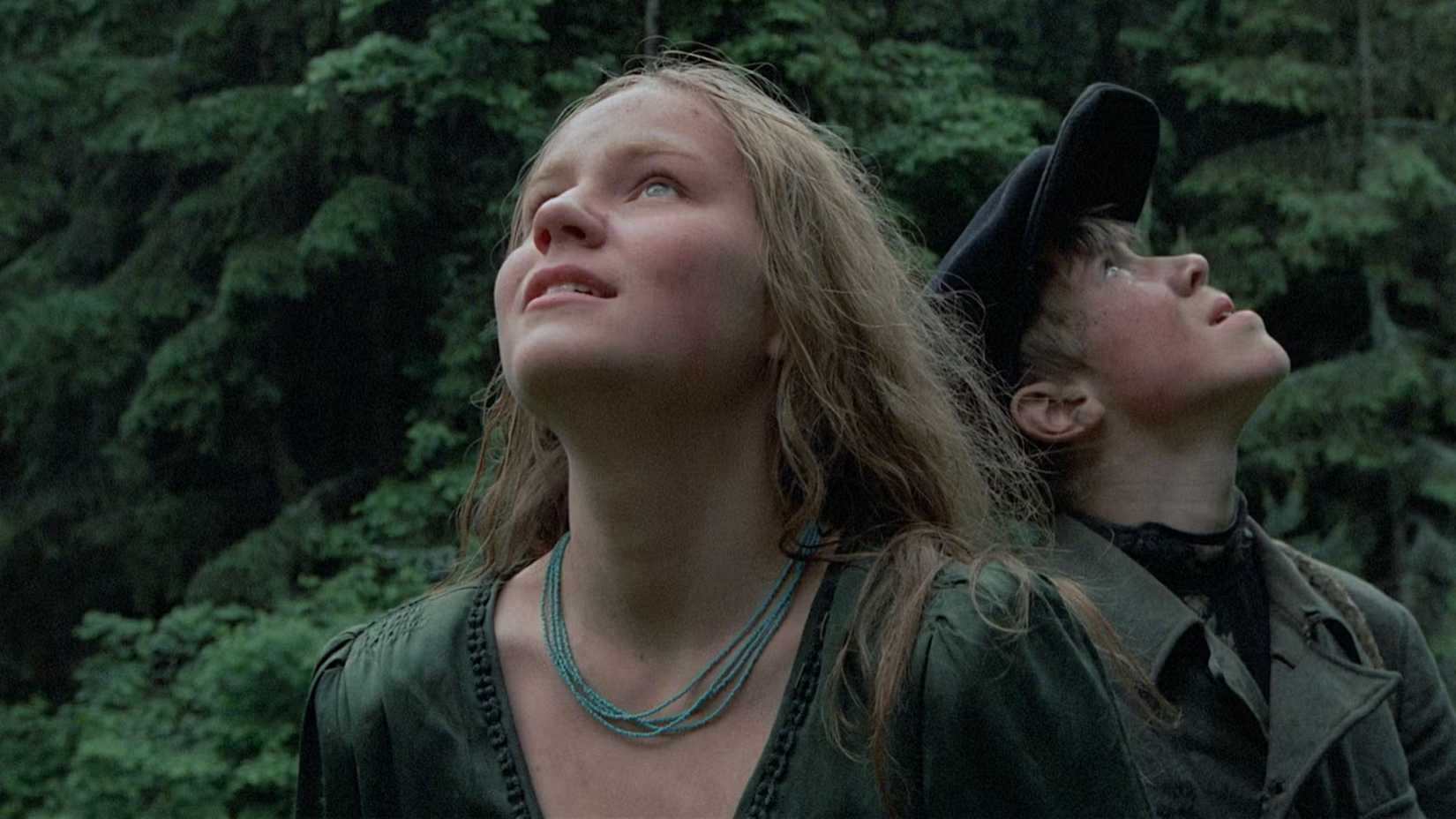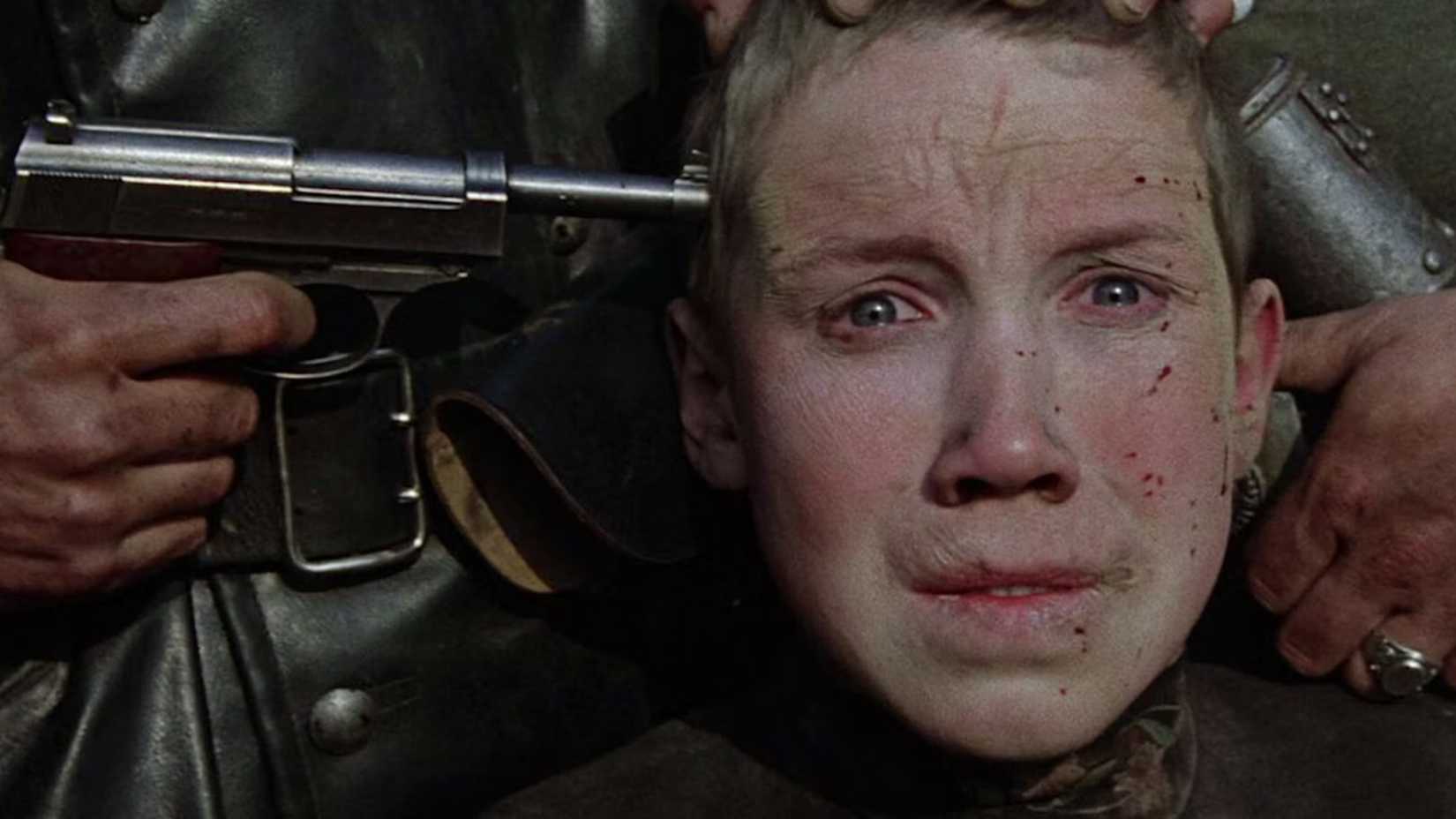Since the early days of Hollywood, war films have gripped audiences with their intense action, powerful storytelling, and deep exploration of the effects of battle. While the U.S. is widely recognized for crafting acclaimed films like Saving Private Ryan, Apocalypse Now, and Platoon, countries around the world have had their own successes in the genre. The 1985 historical anti-war tragedy Come and See emerged as one of cinema’s most powerful works.
Directed by Soviet and Russian filmmaker Elem Klimov, the revered film takes place during World War II. It follows a 15-year-old boy who joins the resistance in German-occupied Byelorussia, where he experiences the unfathomable horrors of war while fighting to survive. In the 40 years since its devastating debut, Come and See has become regarded as one of the greatest films of all time. It continues to be praised for its harrowing, authentic portrayal of humanity and conflict during one of history’s darkest times.
Klimov Leaves a Haunting Mark on Cinema With ‘Come and See’
Set in 1943 in the German occupation of Byelorussia during World War II, Elem Klimov’s historical drama Come and See features a tour de force performance by Aleksei Kravchenko. He portrays 15-year-old Flyora as he defies his family’s wishes by joining a group of Resistance fighters in an effort to push back against the oppressive Nazi regime. Flyora undergoes a heartbreaking spiritual transformation as he witnesses endless atrocities committed by the German Reich. The courageous boy struggles to survive in his war-torn country while trying to hold on to hope.
Klimov co-wrote the screenplay for Come and See with Ales Adamovich, whose personal experiences as a child soldier in the Belarusian resistance served as inspiration for the film’s premise, as did Klimov’s memories of war. During the Battle of Stalingrad, Klimov, his mother, and his brother were forced to flee their home and cross the Volga on a makeshift raft — an event that also helped shape the film. The decorated director reflected on how his experiences influenced Come and See: “As a young boy, I had been in hell… Had I included everything I knew and shown the whole truth, even I could not have watched it.”
Roger Ebert Is Left Stunned by ‘Come and See’
Come and See made its debut at the Moscow International Film Festival, where it took home the Golden Prize, leaving audiences shocked by its brutality, visceral imagery, and haunting depiction of the psychological trauma inflicted during war. Klimov later claimed that the picture was so difficult for some people to witness that ambulances were called in to assist distressed viewers, both in the Soviet Union and overseas. Chicago Sun-Times critic Roger Ebert echoed this sentiment in his 2010 review, calling it “one of the most devastating films ever about anything, and in it, the survivors must envy the dead.”
Ebert gave Come and See four stars and, like many of his fellow critics, lauded the performance of then-15-year-old Aleksei Kravchenko and his wondrous ability to evoke both a childlike innocence and a deep weariness with the world around him. He said of Kravchenko’s Flyora: “He is still young. He seems younger than his years in early scenes, and much, much older in later ones”, before later musing that “it is possible that Florya survives because he is so manifestly powerless. To look at him is to see a mind reeling from shock.” Kravchenko’s harrowing portrayal of the resilient teen attracted universal acclaim, with many deeming it one of the greatest performances ever by a child actor.
Upon its initial premiere in 1985, Come and See pushed boundaries with its nightmarish atmosphere, unrelenting violence, and graphic depiction of the Khatyn massacre. Ebert also said of the war drama: “I have rarely seen a film more ruthless in its depiction of human evil.” The haunting picture marked Klimov’s final cinematic project, as the director had difficulties navigating the ever-changing political and cultural climate in Russia, which inspired the filmmaker to become the first secretary of the Soviet Filmmakers’ Union. Three years before he died in 2003, Klimov explained that he “had lost interest in making films. Everything that was possible I felt I had already done.”
In the 40 years since Come and See both captivated and devastated audiences around the world, the transcendent war drama’s legacy has only grown. It is now often cited not only as one of the finest anti-war films of all time but also as one of the greatest ever to grace the silver screen. It currently holds an exceptional 90% on Rotten Tomatoes from critics and an 8.3/10 on IMDb from users. It is also the second-highest-rated movie of all time on Letterboxd, beating timeless classics like The Godfather and Seven Samurai. Come and See is available to rent on Apple TV and Google Play.

- Release Date
-
October 17, 1985
- Runtime
-
142 Minutes
- Director
-
Elem Klimov
- Writers
-
Elem Klimov, Ales Adamovich




